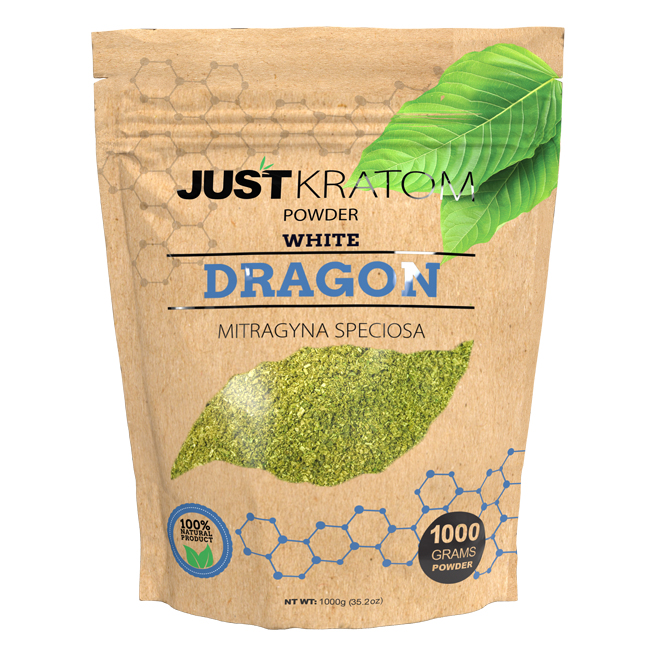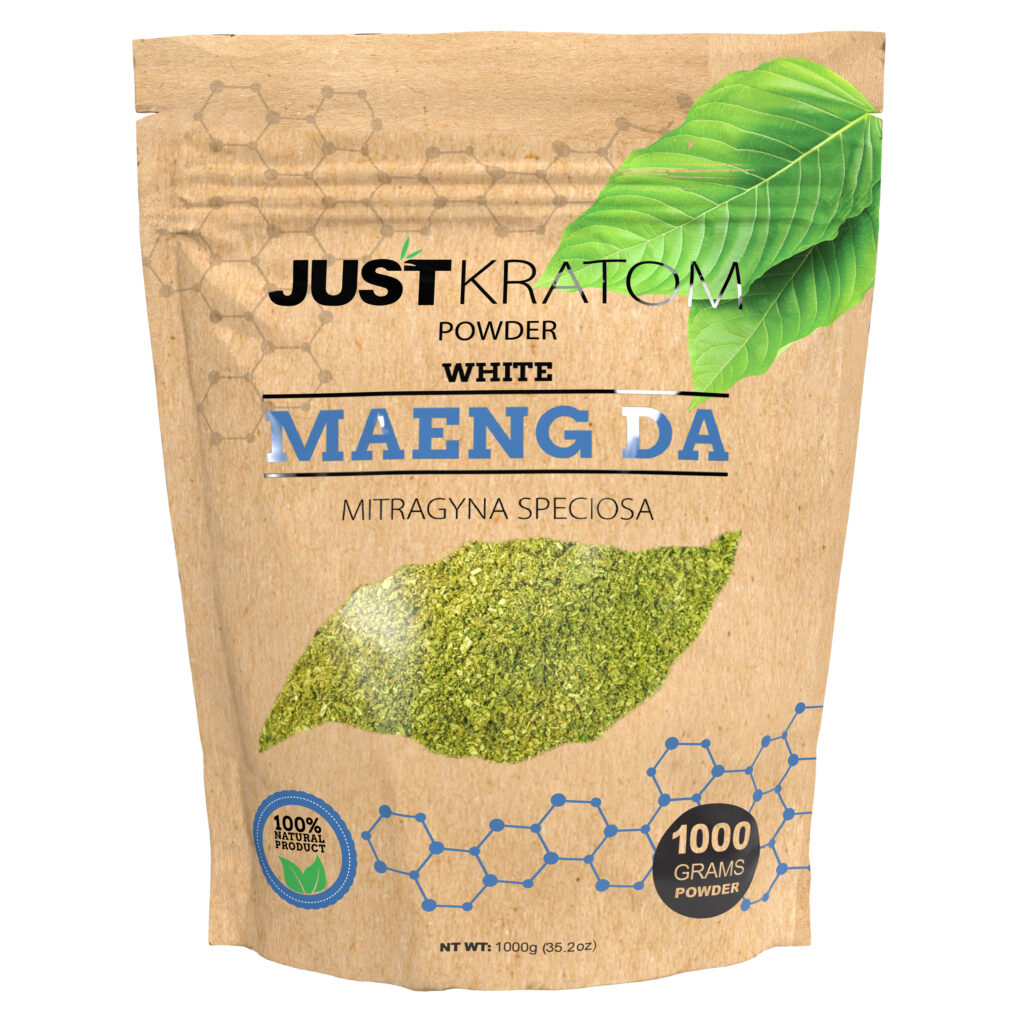Color

Determining the purity and potency of kratom powder can be crucial for ensuring a safe and effective experience. There are several methods you can use to test your kratom powder, though it’s important to note that home testing methods may not be completely accurate.
One common method is visual inspection. Look for any signs of mold, discoloration, or other impurities. A high-quality kratom should have a consistent color and texture.
Another approach is to use a pH test kit. Kratom alkaloids are naturally slightly acidic. Test kits can provide an approximate measurement of the pH level, which can give you some indication of purity.
Texture
The texture of kratom powder should be smooth and consistent. Avoid powders that appear clumpy, dusty, or gritty. High-quality kratom will have a fine, powdery consistency. If the texture is off, it could indicate poor processing or the presence of impurities.
Odor

A vital aspect of responsible kratom consumption is understanding its purity and potency. While home testing methods offer some insights, they should be viewed as supplementary to professional analysis.
Beyond visual cues like color and texture, pH testing can provide a rudimentary assessment of alkaloid content. Kratom’s naturally acidic nature allows for pH measurement, offering a general indication of purity.
Third-Party Lab Reports
For a more definitive assessment of purity and potency, consider using third-party lab reports. These reports are generated by independent laboratories specializing in analyzing kratom products.
- Third-party lab reports provide detailed information about the alkaloid content of your kratom powder, including mitragynine and 7-hydroxymitragynine, which are the primary active compounds.
- They can also detect the presence of contaminants such as heavy metals, pesticides, or microbial contamination, ensuring the safety of your product.
- Reputable vendors will readily provide third-party lab reports upon request, demonstrating their commitment to quality and transparency.
Chemical Analysis
Chemical analysis plays a crucial role in determining the purity and potency of kratom powder. Visual inspection can reveal signs of mold, discoloration, or other impurities, indicating potential contamination.
A pH test kit can provide an approximate measurement of the alkalinity of the kratom. Kratom alkaloids naturally possess a slightly acidic pH, so deviations from this range could suggest adulteration or inconsistencies in the product.

It is essential to remember that home testing methods offer limited accuracy and should not be solely relied upon. For a comprehensive evaluation, third-party lab reports are recommended. These reports, generated by independent laboratories, provide detailed information about alkaloid content, including mitragynine and 7-hydroxymitragynine, the primary psychoactive compounds in kratom.
Moreover, they screen for contaminants like heavy metals, pesticides, or microbial impurities, ensuring the safety and quality of the product. Reputable vendors prioritize transparency and readily share third-party lab reports upon request, demonstrating their commitment to providing high-quality kratom.
Buy Kratom Powder for complete wellness
- How To Test Kratom Powder For Purity And Potency - May 25, 2025
- Will Cheek Fillers Lift Marionette Lines? - May 25, 2025
- Are THC Beverages Legal? A State-by-State Breakdown - May 25, 2025
